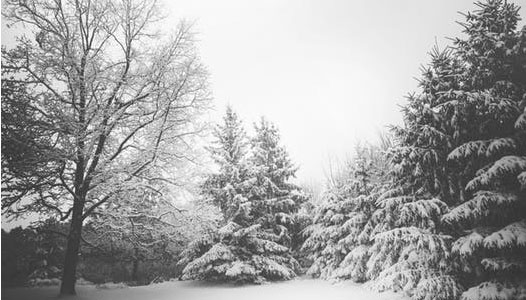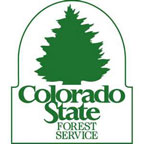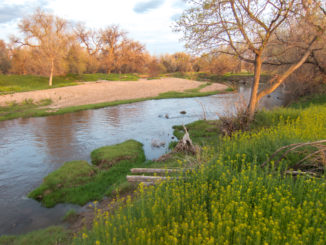
 BROOMFIELD, Colo. – October 31, 2017 – Landscape trees in urban and community settings throughout Colorado are going dormant now, and they require care before and during the winter to remain in top health. Homeowners can take measures this fall and through the spring to help their trees through the oncoming harsh conditions, says Keith Wood, community forestry program manager for the Colorado State Forest Service.
BROOMFIELD, Colo. – October 31, 2017 – Landscape trees in urban and community settings throughout Colorado are going dormant now, and they require care before and during the winter to remain in top health. Homeowners can take measures this fall and through the spring to help their trees through the oncoming harsh conditions, says Keith Wood, community forestry program manager for the Colorado State Forest Service.
The CSFS offers the following tips to prepare Colorado’s community trees for winter:
Wrap the trunk. Thin-barked trees like honeylocust, maple and linden are susceptible to sunscald and frost cracks because of drastic winter temperature fluctuations. To prevent bark damage, wrap the trunks of younger trees up to the first branches using commercial tree wrap. Leave the wrap on until early April.
Mulch the base. Apply 2 to 4 inches of wood chips, bark or other organic mulch near the base of the tree, but not against it, to reduce soil evaporation, improve water absorption and insulate against temperature extremes. Some community recycling programs provide wood chips free of charge.
Recycle leaves. Instead of disposing of autumn leaves, consider layering them around the base of each tree as mulch, or blend them into the yard with a mulching mower to retain nutrients.
Give them a good drink. Before storing the garden hose, water trees in the area extending from the trunk to the extent of the longest branches. Water slowly, with a sprinkler or soaker hose, at the rate of 10 gallons per inch of tree diameter.
Focus on younger trees. With less-extensive root systems, they require the most care.
Wait to prune, unless there’s recent tree damage. Late winter is the best time for pruning most tree species, but it can be done whenever trees are dormant. Common reasons for pruning are to remove dead branches and improve tree form – and to quickly address recent tree damage, such as seen in the Metro Denver area during the snowstorm earlier this month. Always prune just outside the branch collar – the point where a branch joins a larger one – and don’t remove any branches without good reason. Hire a professional if the job is too big.
Wood says landscape trees in Colorado often also require additional, regular watering over the winter. During extended dry periods (e.g., more than two weeks without snow cover), provide supplemental water per the guidelines above. The best time for winter watering is on warmer days, when snow has melted off and the temperature is above 40 degrees.
Support Northern Colorado Journalism
Show your support for North Forty News by helping us produce more content. It's a kind and simple gesture that will help us continue to bring more content to you.
BONUS - Donors get a link in their receipt to sign up for our once-per-week instant text messaging alert. Get your e-copy of North Forty News the moment it is released!
Click to Donate




It is require in with needing to single trees and thorns, or releasing them if they twist up clearly dangerous arborist are called Tree Surgeon.
Such a great and informative post. This can be a big help for me with my future project
Thanks for the information
I am commenting to let you know what a terrific experience my daughter enjoyed reading through your web page. She noticed a wide variety of pieces, with the inclusion of what it is like to have an awesome helping style to have the rest without hassle grasp some grueling matters.